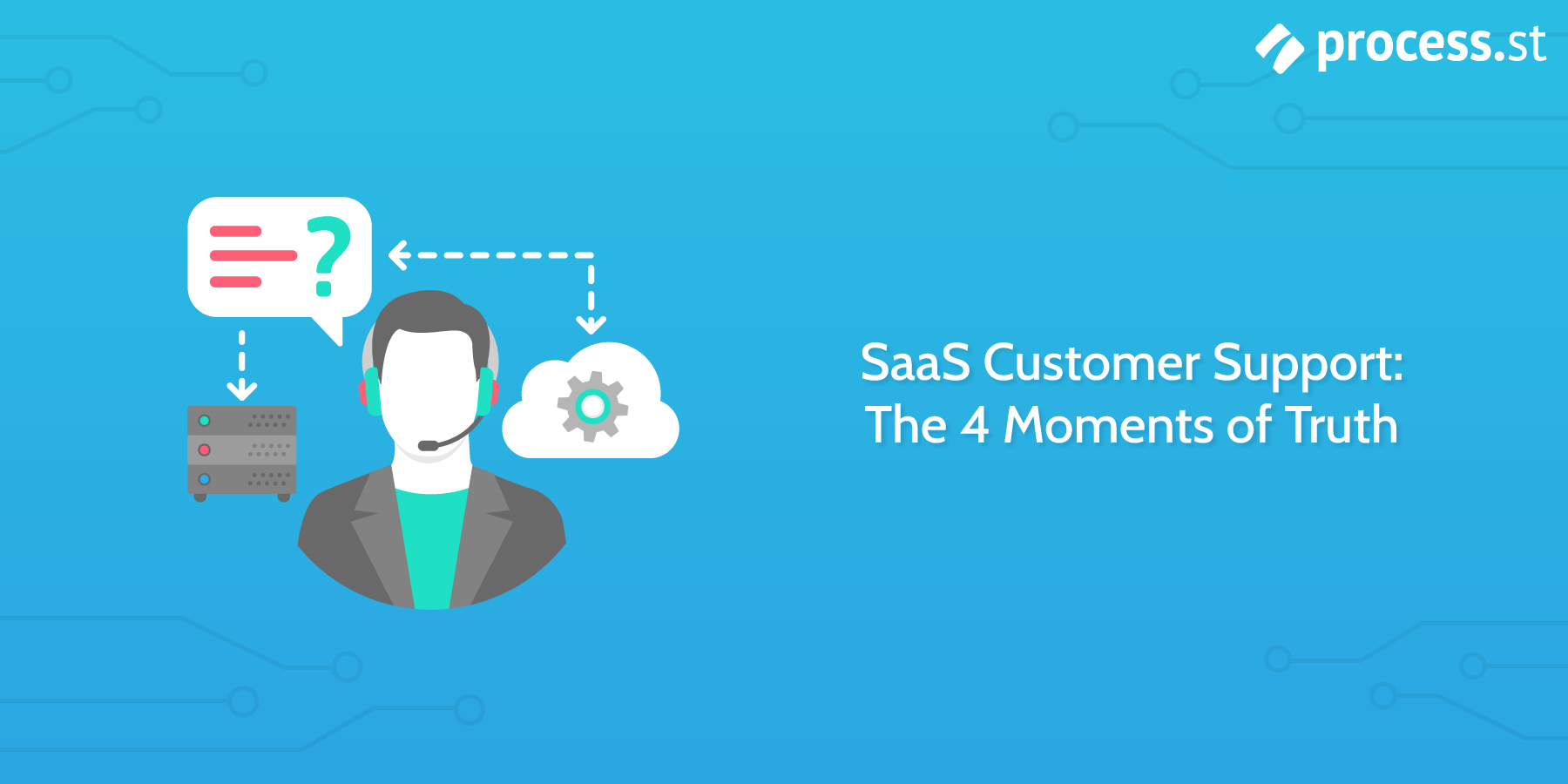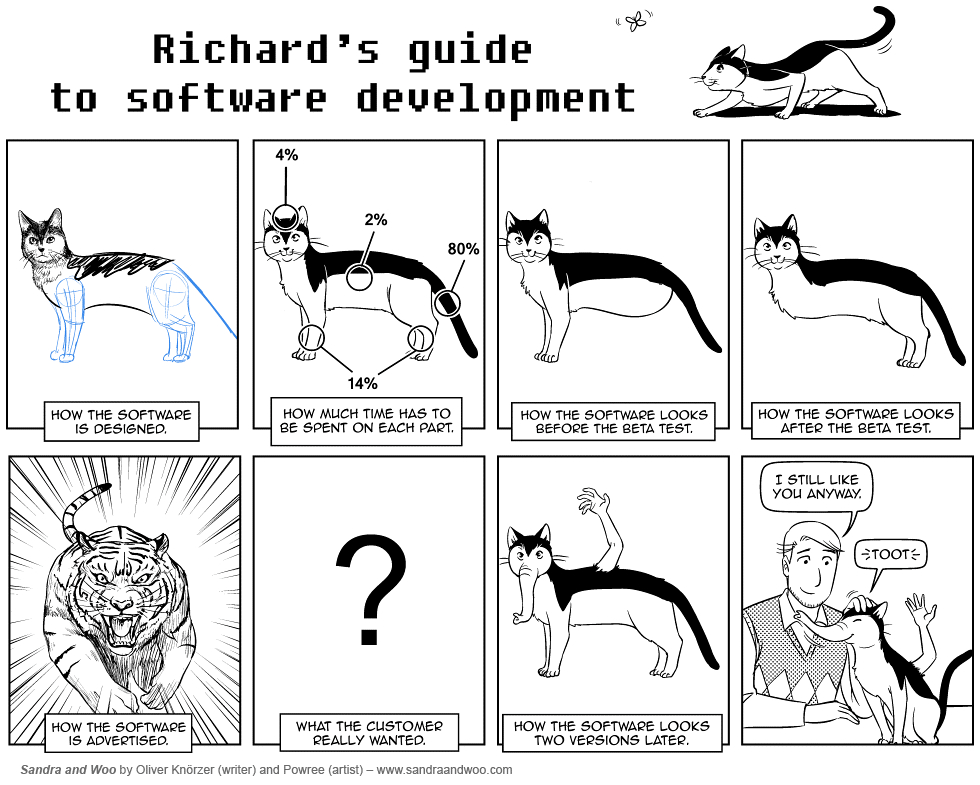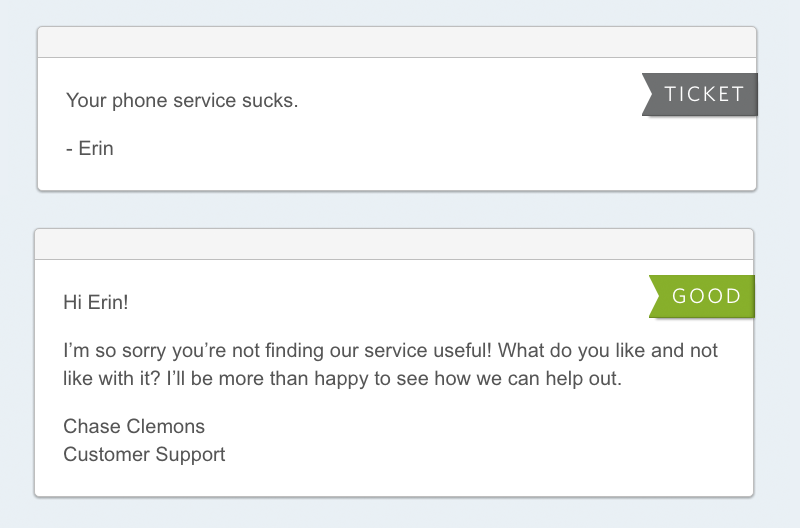This is a guest post from Rhiza Oyos, the inbound marketing manager at Spiralytics.

Customers relationships are the lifeblood of every SaaS business. However, regardless of their years of operation, there are moments when these relationships can — for better or worse — dramatically change
A customer’s experience is everything. It helps SaaS companies attract customers, retain them, and generate referrals
So, businesses who understand the importance of customer experience end up winning the race and beating the competition. In particular, winning companies are those that understand the human factors and emotions at play in experience, design, and production.
Harley Manning in a 2012 article for Fast Company writes:
“In other words, if you want that next sale, if you want good word of mouth, and if you want to keep your customers, it’s unlikely that anything else you do matters more than delivering a superior experience”
Experience is all about moments.
In designing an exemplary customer experience, businesses should know about the four moments of truth that can help them get ahead.
#1 The Zero Moment of Truth
According to Google, this is the moment when a customer starts to learn about a particular product or service they plan to buy after searching for it and finding the information online via a wired device.
It could be through a laptop, smartphone, or a tablet. This could be the first touch point with a potential customer because whatever they find about your product or service will dictate their next steps.
Businesses should make it easy for people to find the right information from various channels, especially social media and the company blog. If your customers can’t find sufficient information on your website or social media accounts, chances are, they will look for similar products and end up buying from your competitors.
#2 The First Moment of Truth
According to Proctor & Gamble (P&G), this refers to the first impression potential customers get when they see your product or service. It’s what they think about when they first read your landing page. It is a crucial moment wherein leads can turn into customers.
#3 The Second Moment of Truth
This refers to how customers think about your product or service over the course of their relationship with your company.
For instance, if you are in the food & beverage business, it’s what people taste every time they eat your products. If you are in the SaaS industry, it’s what people feel when they use your product.

These moments are scattered across the span of a company’s relationship with a customer.
#4 The Ultimate Moment of Truth
This covers what people are saying and sharing about their experiences with your product or service. Rather than just reacting, businesses should take charge and design these ultimate moments of truth because one moment becomes a next person’s zero moments of truth. It’s how businesses generate leads and how customer service stories are made.
Emotionally Charged Transactions
In the course of a customer’s lifecycle, there are several emotionally charged moments that offer businesses the chance to forge an emotional bond with the client.
For example, when customers are in dire need for a quick response about billing or data-loss, businesses can take advantage of these circumstances to create a win-win situation.

(Source: Help Scout)
Instead of focusing on regular transactions, employees must be trained to handle emotionally charged transactions that can forge strong bonds and loyalty.
The Small Moments Matter
Several aspects of business operations offer little moments to make an impression with the customer, and many of them are afforded to the frontline employees.
Take an airline business, for instance. Here are some examples of small moments of truth wherein frontline customers can make a lasting impression on the customers.
- When customers call to make flight reservations.
- When they arrive at the airport and check-in their baggage.
- When they use self-check-in machines or pick up their tickets/boarding passes at the counter.
- When frontline employees greet them at the gates
- When flight attendants help them to their seats, assist them with their luggage, or serve them in-flight meals.
- When the air and ground crews greet them at their destination.
These are all small moments. In fact, they are just the airline’s daily tasks, but they offer a chance to increase customer satisfaction because they are all controlled by their staff.
A parallel to this in SaaS is the automated systems your app has in place for greeting your user, helping them through the learning process and communicating your brand’s personality.
Think of these moments as “contact points” where you can touch base with your customers. All of these contribute to a good or bad customer experience.
Non-Verbal Communications
Customer service is not just about verbal interaction. Take Disney, for instance. Their cast members are trained to make eye contact and smile at customers even from afar, 10 feet away to be exact.
Smiling promotes a positive vibe, which is highly relevant to the customer’s overall experience at theme parks.
When SaaS salespeople meet with important customers, the same is true. For further reading on this topic, check out the 23 rules for face-to-face meetings.
Seize the Moment
These moments are important touch points. Businesses should devise ways to seize them and make them part of the customer’s overall experience.
That’s why it’s important to understand that instead of just reacting to the moments, companies should learn to design these moments that are, ultimately, under their control.







Benjamin Brandall
Benjamin Brandall is a content marketer at Process Street.